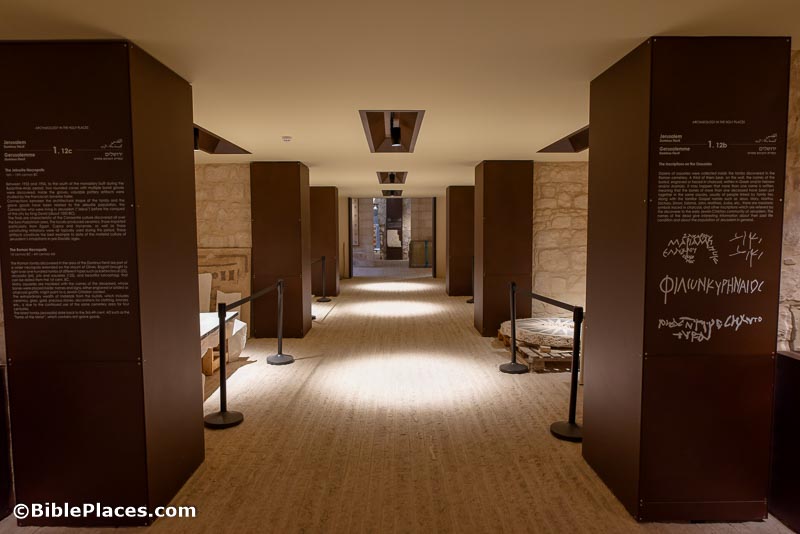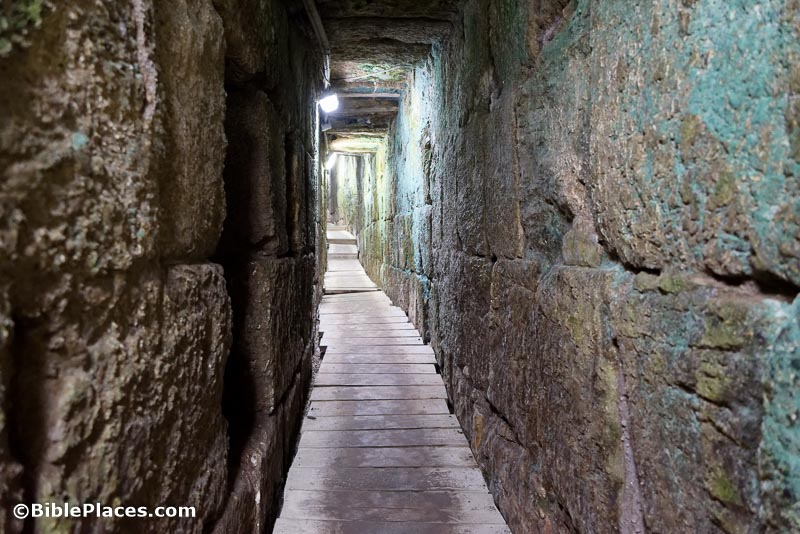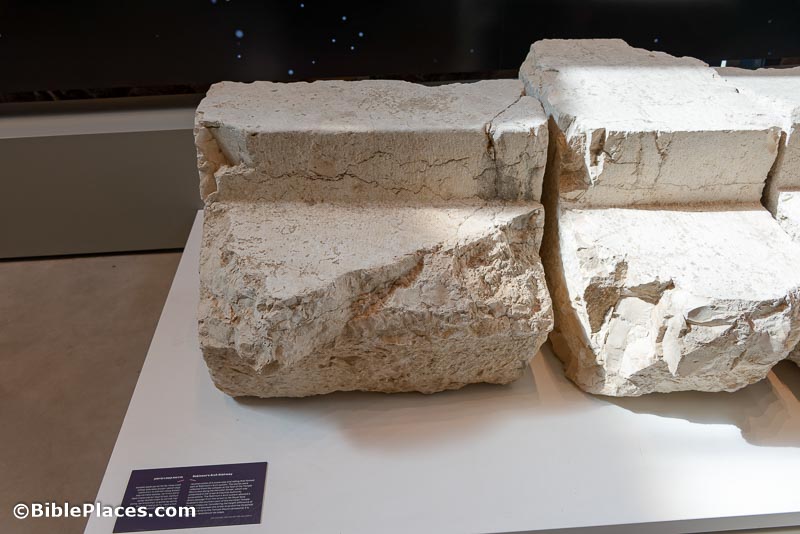Archaeologists are making progress in their second season of renewed excavations at Nimrud (ancient Calah), including the discovery of a depiction of Ishtar in a temple dedicated to her.
Royal tombs full of artifacts dating to 1500-1300 BC have been discovered near Hala Sultan Tekke on Cyprus. The site was discovered using magnetometers.
“A 2,500-year-old Phoenician shipwreck has been found underwater in the southeastern Spanish region of Murcia.”
MutualArt surveys the results of excavations and repatriations in Egypt this year.
Yigal Levin writes about the city of Dibon and the single reference to Dibon-Gad in the book of Numbers.
Marek Dospěl gives an overview of the Epic of Gilgamesh.
Adam E. Miglio considers the similarities between the Epic of Gilgamesh and the Book of Genesis.
Jessica Nitschke, the new editor of The Ancient Near East Today, explains her vision for the future of the website and newsletter.
New release: Ancient Egyptian Gold: Archaeology and Science in Jewellery (3500–1000 BC), edited by Maria F. Guerra, Marcos Martinón-Torres & Stephen Quirke (McDonald Institute Monographs; Cambridge; open access)
The Bible Mapper Blog continues to create helpful maps for Bible readers. Here are the latest:
- Solomon’s International Presence
- Kings Defeated by Joshua
- The Israelites’ Journeys in the Wilderness
- The Route of the Exodus
- Edom and Libnah Revolt
- Israel and Judah Attack Moab
HT: Agade, Joseph Lauer, Explorator
The best museum in the Old City is now the Terra Santa Museum on the Via Dolorosa. Though it is not yet finished, it displays hundreds of impressive artifacts from around the country.


